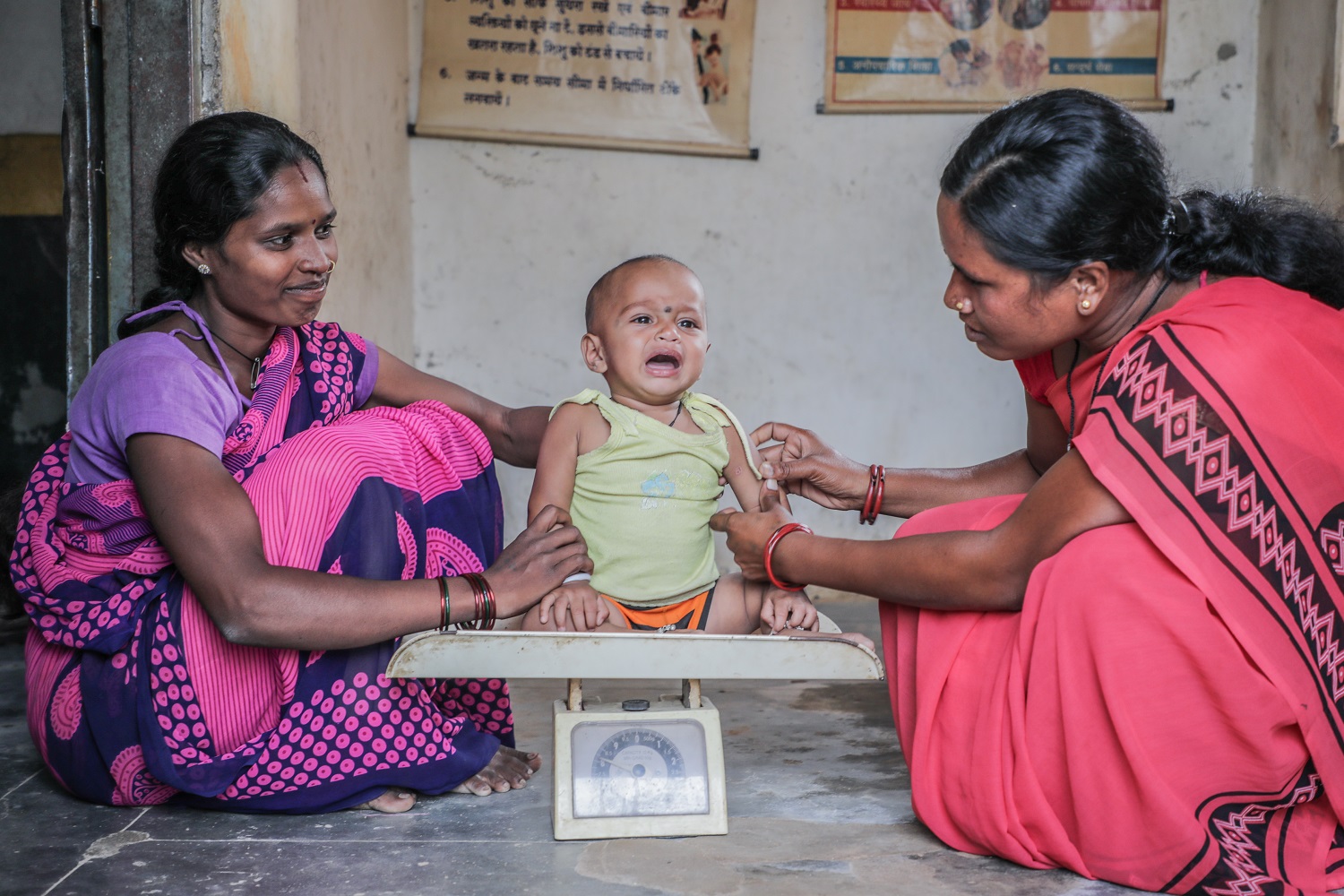
Click HERE to download PDF
This issue of Abstract Digest is special indeed. We have put together a selection of articles from four journal supplements, one anniversary issue and other interesting articles. Here are some of the highlights:
- Nguyen and colleagues (2018) used two rounds of National Family Health Survey data and identified drivers of changes in haemoglobin (Hb) and anaemia among women and children in India from 2006 to 2016, that included maternal schooling, coverage of nutrition and health interventions, socioeconomic status, sanitation, and meat and fish consumption.
- In a UNICEF-supported supplement of Maternal and Child Nutrition ‘Higher Heights: A Greater Ambition for Maternal and Child Nutrition in South Asia,’
- Krishna and colleagues (2018) used time‐series analysis of data from Demographic and Health Surveys in Bangladesh, India, Nepal, and Pakistan and analysed socio‐economic inequalities in stunting in South Asia and investigated disparities associated with factors at the individual, caregiver, and household levels (poor dietary diversity, low maternal education, and household poverty).
- Benedict and colleagues (2018) examined time trends and predictors of early initiation of breastfeeding (EIBF), avoidance of prelacteal feeding (APF), exclusive breastfeeding (EBF), and continued breastfeeding (CBF) to 2 years using survey data from Afghanistan, Bangladesh, India, Nepal, and Pakistan since 1990.
- Nguyen and colleagues (2018) used data from the 2015–2016 and 2005–2006 National Family Health Surveys in India and examined trends and changes in inequalities for infant and young child feeding (IYCF) practices over 2006–2016 and identified factors that may explain differences in IYCF across socio‐economic status (SES) groups.
- Harding and colleagues (2018) pooled recent national surveys from six South Asian countries to explore associations between low birthweight (LBW) and suboptimal infant and young child feeding (IYCF) practices with child wasting, severe wasting, and the co‐occurrence of wasting and stunting.
- Goudet and colleagues (2018) conducted a systematic review of evidence (2000–2017) to identify barriers and programme approaches to improving the coverage of maternal nutrition interventions in South Asia.
- Benedict and colleagues (2018) conducted a scoping review to identify and collate evidence on the effectiveness of interventions to support optimal breastfeeding in five countries in South Asia: Afghanistan, Bangladesh, India, Nepal, and Pakistan.
- De-Onis and colleagues (2018) reported from the WHO–UNICEF Technical Expert Advisory Group on Nutrition Monitoring (TEAM) that was charged with the task of reconsidering the prevalence levels for stunting and wasting and establishing new ones for overweight in children under 5 years.
- Stobaugh and colleagues (2018) systematically reviewed current literature and conducted secondary data analyses of studies that captured relapse rates, up to 18‐month post‐discharge, in children following recovery from severe acute malnutrition (SAM) treatment.
- Scott and colleagues (2018) conducted a double-blind, randomized controlled efficacy trial to determine the efficacy of iron-biofortified pearl millet in improving attention and memory in Indian school-going adolescents.
- Blankenship and colleagues (2018) conducted a systematic review to assess the effect of iodized salt, which is widely recognized as the most cost-effective intervention to eliminate iodine deficiency, on the organoleptic properties of processed foods and condiments.
- In a Children' Investment Fund Foundation supported supplement of Maternal and Child Nutrition ‘Eggs: A High Potential Food for Improving Maternal and Child Nutrition,’
- Lutter and colleagues (2018) provided recent national and regional data on egg consumption among young children in low‐ and middle‐income countries to highlight the contribution of eggs to maternal and child nutritional requirements, how maternal consumption of eggs may influence breast‐milk composition, how specific of key nutrients in eggs likely contribute to brain development, and the role of cultural beliefs and taboos around egg consumption.
- In an attempt to increase egg availability through smallholder business models, Beesabathuni and colleagues (2018) investigated constraints in egg production in four countries; Kenya, Ethiopia, Malawi, and India and identified five business models that are viable and sustainable.
- Alders and colleagues (2018) highlighted key issues associated with ecologically and financially sustainable smallholder family poultry production systems and factors that must be taken into account to achieve increased egg consumption in support of both improved maternal and child nutrition and sustainable, nutrition‐sensitive agricultural practices.
- Summarizing information on the current status of egg availability and consumption, Morris and colleagues (2018) identified the most important demand‐ and supply‐side barriers to greater consumption of eggs, especially by children, and determined which interventions could accelerate egg consumption by 2030, the end of the SDG period.
- Maastrup and colleagues (2018) conducted a cross-sectional survey aimed to measure compliance on a global level with the Baby-friendly Hospital Initiative for Neonatal Wards (Neo-BFHI)'s expanded Ten Steps to successful breastfeeding and three Guiding Principles in neonatal wards.
- In a special supplement of The British Medical Journal ‘Making multisectoral collaboration work,’ that was launched at the Partners' Forum 2018
- Gurnani and colleagues (2018) reported an analysis from the Intensified Mission Indradhanush strategy in India, showing that cross-sectoral participation can contribute to improved vaccination coverage of children at high risk.
- In a special supplement of Global Health Science and Practice ‘Digital Health and Health Systems of the Future,’ that was launched at 2018 Global Symposium on Health Systems Research
- Orton and colleagues (2018) reviewed, summarized and discussed key advances in health service delivery, particularly in the context of using digital health strategies for mitigating human resource constraints.
- Through a scoping review, Long and colleagues (2018) presented, at a high level, the state of the evidence and best practices in digital strategies for human resources for health and proposed a roadmap for a research agenda to fill identified gaps in the evidence.
- In The Journal of Nutrition’s 90th Anniversary Collection
- Stein (2018) highlighted a highly cited paper by Arimond and Ruel, originally published in 2004, that describes the association between a measure of child diet diversity, derived from dietary recall data obtained from the mother, and child length.
This comes with Season’s Greetings and Best Wishes for 2019. Enjoy Reading!


